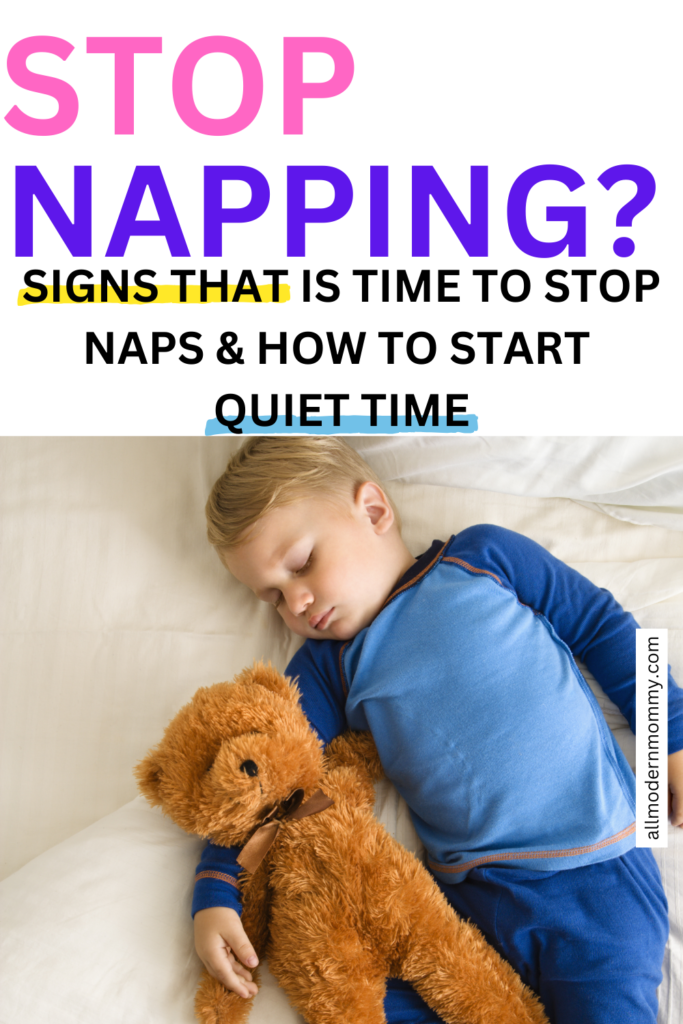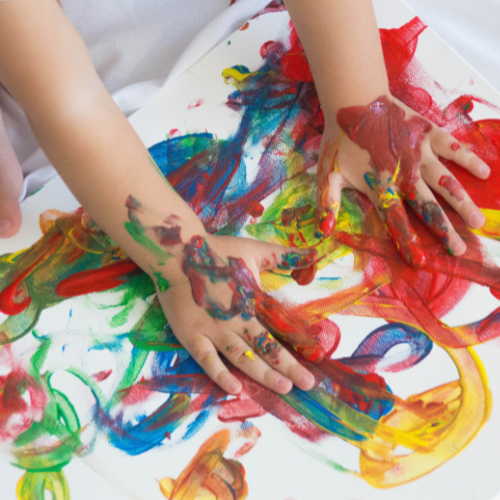Is Naptime Over? 7 Signs Your Toddler Is Ready to Transition to Quiet Time (And How to Make the Change Seamless!)

When do toddlers stop napping-As a mom of three, I remember the bittersweet moment when I realized my kids were outgrowing their nap times.
It felt like just yesterday that naptime was a sacred part of our daily routine, a much-needed break for both me and the kids.
But suddenly, it seemed like those naps were becoming a thing of the past. I was overwhelmed and unsure of what to do next. Without a clear plan, my schedule turned chaotic, and I found myself struggling to adapt.
After some trial and error, I discovered the key to navigating this transition smoothly: introducing “quiet time” instead of abruptly ending naptime. Now, I’ve mastered this change and want to share the signs that it’s time to transition and how to make this new phase work for you.
Disclaimer: Always consult with your child’s pediatrician before making any significant changes to their routine. The following advice is based on my personal experiences as a mother of three.
Signs It’s Time to Transition from Naptime to Quiet Time
- Consistent Resistance: If your toddler consistently fights naptime or takes significantly longer to fall asleep, it may be a sign that they’re ready to give it up.
- Extended Bedtime: When nap time pushes bedtime later and disrupts their nighttime sleep, it might be time to consider quiet time instead.
- Less Sleep Needed: As toddlers grow, their sleep needs decrease. If your child seems less tired or sleeps longer at night, they might be ready to transition.
- Increased Energy: If your child has more energy and seems to be bouncing off the walls instead of winding down for a nap, it could be a sign they’ve outgrown their daytime sleep.
- Skipping Naps: If your toddler consistently skips their nap and still seems energetic and happy, it’s likely time to transition to quiet time.
- Behavioral Changes: A change in behavior, such as crankiness or resistance during naptime, can indicate that your child is ready for a new routine.
- Age Milestone: Around 3 to 4 years old, many toddlers naturally outgrow their nap needs, so keep an eye on their developmental stage.
If you found this helpful, please share one of my images on Pinterest. Thank you.

Tips for Transitioning to Quiet Time
- Create a Routine: Establish a consistent quiet time routine to provide structure. This can include activities like reading a book, listening to soft music, or quiet play.
- Designate a Space: Set up a specific area in your home for quiet time. A cozy corner with pillows, soft blankets, and a few quiet toys can make this transition easier.
- Offer Quiet Activities: Provide your child with activities that encourage quiet play. Puzzles, coloring books, and building blocks are great options.
- Use Timers: Introduce a visual timer to help your child understand when quiet time will end. This can reduce resistance and help them adjust to the new routine.
- Set Expectations: Explain the new routine clearly to your child. Let them know that quiet time is a special part of the day for relaxing and recharging.
- Be Patient: Transitioning can take time. Be patient and consistent as your child adjusts to this new routine.
Recommended Products for a Smooth Transition
- Melissa & Doug Wooden Puzzles: Perfect for quiet play and keeping little hands busy.
- VTech Kidizoom Camera: Encourages creativity and can be used during quiet time to capture moments and practice photography skills.
- Tiggly Math Toy Set: Engages your toddler with educational activities while keeping the noise level down.
- Hatch Rest Sound Machine: Helps create a soothing environment with its soft light and white noise features.
- B. Toys by Battat – B. Stow and Go Busy Board: Ideal for quiet play and helping your child develop fine motor skills.
More recent posts
No posts
No posts
Making the transition from nap time to quiet time can be challenging, but with the right signs and strategies, it can also be an opportunity for growth and new routines. Embrace the change and enjoy this new phase of your child’s development!
Don’t forget to pin this for later!







